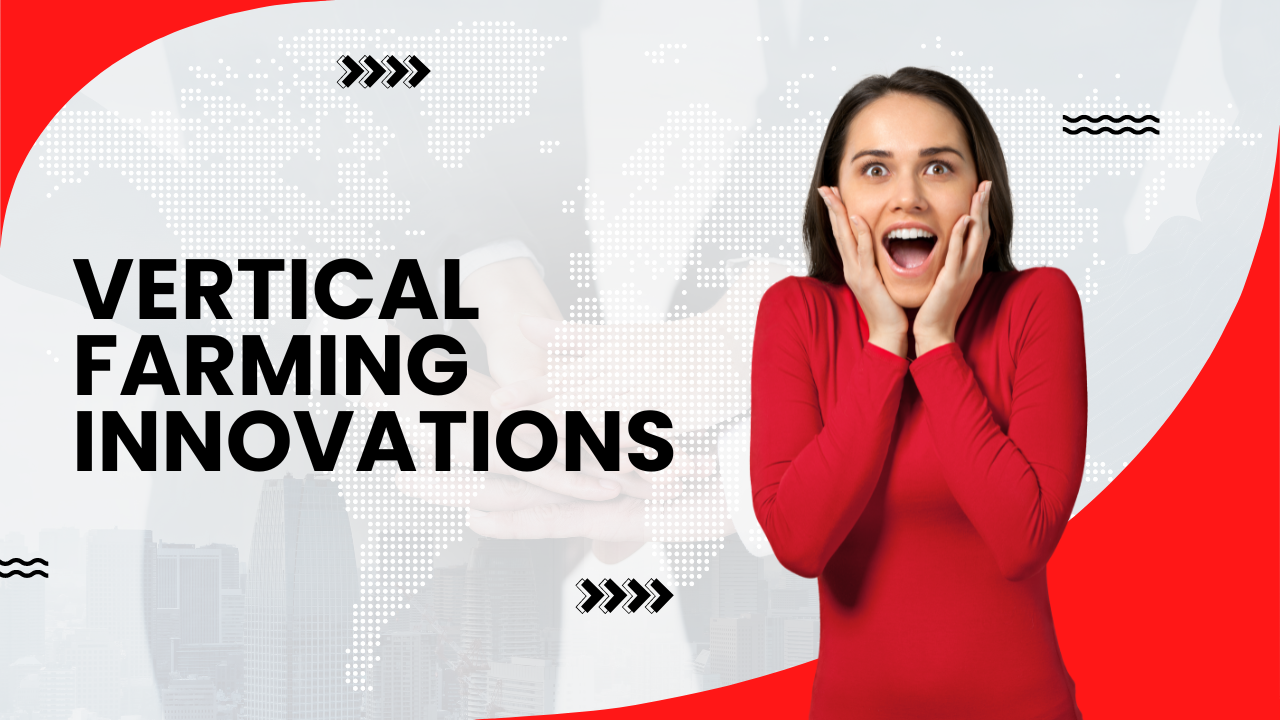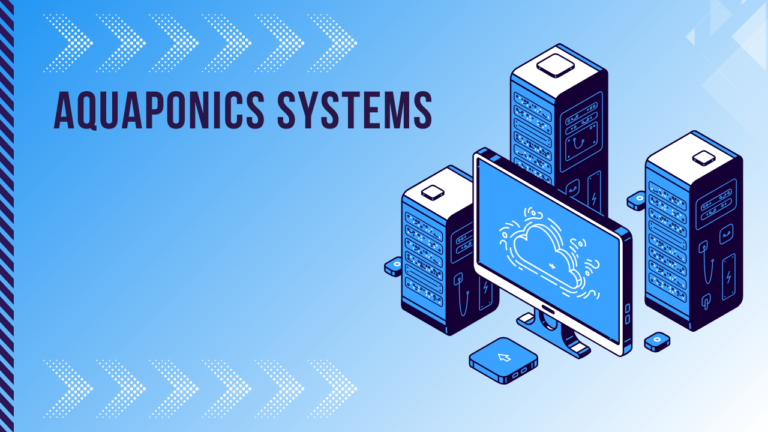Vertical Farming Innovations: Transforming Urban Agriculture
\”Vertical Farming Innovations\” are revolutionizing the way we grow food in urban environments. By utilizing vertical space and advanced technologies, vertical farming addresses the challenges of traditional agriculture, such as limited land and water resources, and provides sustainable solutions for food production. This comprehensive guide explores the latest innovations in vertical farming, their benefits, and how they are shaping the future of agriculture.
What is Vertical Farming?
Vertical farming is a method of growing crops in vertically stacked layers or structures, often integrated into urban settings. This innovative approach uses controlled-environment agriculture (CEA) technology to optimize plant growth, reduce resource usage, and increase crop yields. Vertical farms can be set up in various structures, including skyscrapers, warehouses, and shipping containers, making it a versatile solution for urban agriculture.
Benefits of Vertical Farming Innovations
Efficient Use of Space
One of the primary advantages of vertical farming innovations is the efficient use of space. By growing crops in stacked layers, vertical farms can produce more food per square foot than traditional farming methods. This is particularly beneficial in urban areas where land is scarce and expensive.
Water Conservation
Vertical farming innovations significantly reduce water usage compared to conventional agriculture. Advanced irrigation systems, such as hydroponics, aeroponics, and aquaponics, use up to 90% less water by recycling and reusing it within a closed system. This makes vertical farming an ideal solution for regions facing water scarcity.
Year-Round Production
Controlled-environment agriculture allows vertical farms to operate year-round, regardless of external weather conditions. This ensures a consistent and reliable supply of fresh produce, reducing dependency on seasonal variations and minimizing the impact of climate change on food production.
Reduced Transportation Emissions
By situating farms closer to urban populations, vertical farming innovations reduce the distance food travels from farm to table. This minimizes transportation emissions and ensures that produce reaches consumers fresher and faster, enhancing food quality and reducing spoilage.
Enhanced Crop Quality and Yield
Vertical farming innovations use precise control over environmental factors such as light, temperature, humidity, and nutrient levels. This results in higher crop yields and superior quality produce. Additionally, vertical farms can grow crops without pesticides, offering healthier and safer food options.
Key Vertical Farming Innovations
Hydroponics
Hydroponics is a soilless farming technique that uses nutrient-rich water to grow plants. This method allows for precise control over nutrient delivery and water usage, resulting in faster plant growth and higher yields. Hydroponic systems are highly efficient and can be implemented in various vertical farming setups.
Aeroponics
Aeroponics is another soilless growing method where plants are suspended in the air, and their roots are misted with a nutrient solution. This technique provides excellent oxygenation to the roots, promoting rapid growth and reducing water usage. Aeroponic systems are particularly effective for growing leafy greens and herbs.
Aquaponics
Aquaponics combines hydroponics with aquaculture, creating a symbiotic environment where fish and plants grow together. Fish waste provides essential nutrients for the plants, while the plants help filter and clean the water for the fish. This closed-loop system maximizes resource efficiency and produces both crops and fish for consumption.
LED Lighting
Innovations in LED lighting have transformed vertical farming by providing optimal light spectra for plant growth. LED lights are energy-efficient, long-lasting, and can be customized to meet the specific needs of different crops. This technology enables vertical farms to grow plants in indoor environments with minimal energy consumption.
Automated Systems
Automation plays a crucial role in vertical farming innovations, enhancing efficiency and reducing labor costs. Automated systems can manage tasks such as planting, watering, harvesting, and monitoring environmental conditions. This reduces the need for manual labor and ensures consistent and precise care for the crops.
Climate Control
Advanced climate control systems allow vertical farms to maintain optimal growing conditions year-round. These systems regulate temperature, humidity, and CO2 levels, ensuring that plants receive the ideal environment for growth. Climate control technology enhances crop yield and quality while minimizing energy usage.
Implementing Vertical Farming Innovations
Site Selection
Choosing the right location is crucial for the success of a vertical farm. Factors to consider include proximity to urban markets, availability of utilities (water, electricity), and building structure. Urban areas with high population densities are ideal for vertical farms, as they provide a large customer base and reduce transportation costs.
Designing the Farm
The design of a vertical farm should maximize space utilization and efficiency. This includes selecting the appropriate vertical structures, such as towers, shelves, or racks, and integrating advanced technologies like LED lighting, hydroponic or aeroponic systems, and climate control. Proper design ensures optimal growth conditions and high crop yields.
Selecting Crops
Not all crops are suitable for vertical farming. Leafy greens, herbs, and microgreens are popular choices due to their fast growth cycles and high market demand. However, advancements in vertical farming innovations are expanding the range of crops that can be grown, including strawberries, tomatoes, and peppers.
Sustainable Practices
Implementing sustainable practices is essential for the long-term success of vertical farming. This includes using renewable energy sources, recycling water, and minimizing waste. Sustainable practices not only reduce environmental impact but also enhance the economic viability of vertical farms.
Monitoring and Maintenance
Regular monitoring and maintenance are crucial for the success of vertical farming innovations. Automated systems can assist with real-time monitoring of environmental conditions, nutrient levels, and plant health. Timely maintenance and adjustments ensure optimal growing conditions and prevent potential issues.
Challenges and Solutions in Vertical Farming Innovations
High Initial Costs
One of the primary challenges of vertical farming innovations is the high initial investment required for setup. However, the long-term benefits, including reduced operational costs, higher yields, and increased market demand for fresh produce, can offset the initial expenses. Exploring financing options, grants, and partnerships can also help manage costs.
Energy Consumption
Vertical farms can have high energy demands, particularly for lighting and climate control. To address this challenge, many vertical farms are adopting renewable energy sources, such as solar or wind power, to reduce their carbon footprint and operational costs. Energy-efficient technologies, like LED lighting, also help mitigate energy consumption.
Technical Expertise
Operating a vertical farm requires specialized knowledge and skills in horticulture, engineering, and automation. Providing training and education for staff, partnering with experts, and utilizing advanced software for farm management can help overcome this challenge and ensure the smooth operation of vertical farms.
Final Thoughts on Vertical Farming Innovations
Vertical farming innovations are paving the way for a sustainable and efficient future in agriculture. By optimizing space, conserving resources, and providing consistent, high-quality produce, vertical farms offer a viable solution to the challenges of urban food production. As technology continues to advance, vertical farming will play an increasingly important role in ensuring food security and promoting environmental sustainability.
FAQs on Vertical Farming Innovations
Q: What crops are best suited for vertical farming?
A: Leafy greens, herbs, and microgreens are ideal for vertical farming due to their fast growth cycles and high market demand. Advances in technology are also enabling the cultivation of fruiting crops like strawberries and tomatoes.
Q: How does vertical farming save water?
A: Vertical farming uses advanced irrigation systems, such as hydroponics and aeroponics, which recycle and reuse water within a closed system. This can reduce water usage by up to 90% compared to traditional farming methods.
Q: Is vertical farming cost-effective?
A: While vertical farming requires high initial investments, the long-term benefits, including reduced operational costs and higher yields, can make it cost-effective. Exploring financing options and adopting energy-efficient technologies can further enhance its economic viability.
Q: Can vertical farming operate year-round?
A: Yes, vertical farming innovations allow for year-round production by using controlled-environment agriculture. This ensures consistent growing conditions regardless of external weather variations, providing a continuous supply of fresh produce.
Q: What role does technology play in vertical farming?
A: Technology is crucial in vertical farming, enabling precise control over environmental factors, efficient use of resources, and automation of various processes. Innovations such as LED lighting, climate control, and automated systems are integral to the success of vertical farms.
Q: Are vertical farms environmentally friendly?
A: Yes, vertical farms are environmentally friendly as they use less land and water, reduce transportation emissions, and often rely on renewable energy sources. Sustainable practices, such as recycling water and minimizing waste, further enhance their environmental benefits.
Q: How do vertical farms impact food security?
A: Vertical farms contribute to food security by providing a reliable and consistent supply of fresh produce, reducing dependency on traditional agriculture, and ensuring food availability in urban areas. They can also mitigate the effects of climate change on food production.
By embracing vertical farming innovations, we can transform urban agriculture and create a more sustainable, efficient, and resilient food system for the future.





